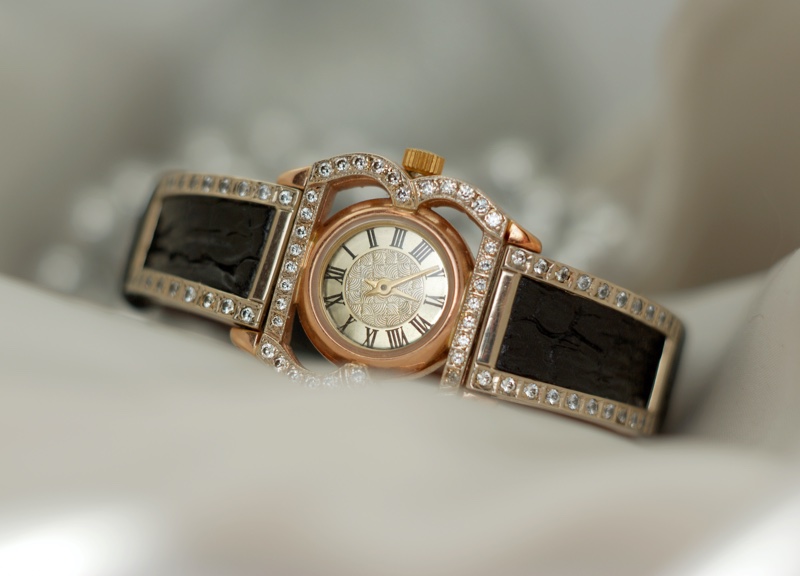Imagine you’re a watch lover or collector. You must have wondered why luxury timepieces are more expensive.
Why are luxury watches so costly? These watches are not only designed for the wealthy, but they also represent prestige, style and achievement, which is why collectors and watch enthusiasts around the world adore them.
The luxury tag isn’t the only reason why these watches are so expensive.
The Finest Materials

The materials used in making luxury watches reflect their exceptional craftsmanship and quality. These watches are usually made from rare and expensive materials to ensure they look elegant and last the test of time.
These watches are expected to live up their brand and justify the high price. Watchmakers should not cut corners with any materials.
For various purposes such as plating and capping, precious metals such as platinum or solid gold are used. Even if the watches are made of stainless steel, their quality will increase, so they’ll cost more.
These luxury watches are available and they have dials made from precious metals. These timeless luxury watches are available at G&G Timepieces.
Many luxury watches are also adorned with precious stones or diamonds to enhance their aesthetics. This adds to the cost.
Movement Or Caliber
The caliber, or movement, is what allows the watch to keep time and beat rhythmically. The market offers two types of movements. Quartz movements are used in most cheap watches. The mechanical movements used in luxury watches are more reliable.
Quartz watches are among the most popular watches. They require a battery in order to function. Mechanical watches, on the other hand use wound springs in order to function precisely.
Quartz watches can be cheap and affordable but inaccurate, particularly when you have to track time precisely in milliseconds. These watches are cheaper because you know they will only last a few years. Mechanical watches, on the other hand can be passed down to the next generations and used for many decades.
Design & Production Time

Let’s explore the concept of complications. This refers to anything that goes beyond telling the time, such as the seconds hand. Complications include features such as the display of time, date, and month.
It is usually cheaper to design complications for a digital timepiece, since the circuit board has to be printed and soldered. When you want to add these complications to a mechanical watch, this means adding additional springs, coxes and levers. Even the most experienced watchmakers may need to spend several hours or days assembling the watch.
The level of finishing required to make these timeless pieces watches can take many days. These luxury watches are designed and finished by highly trained artisans over a period of months.
These are often hand-made to achieve a high level of detail, which can take a long while to create, making it more expensive and exclusive.
Legacy

The heritage of watchmakers can influence the price of their watches. Some of the oldest watchmakers in the world have been around for hundreds of years, and the designs they have created have lasted for more than 100 years.
The value of watches can also increase due to marketing campaigns, such as celebrity endorsements.
A luxury mechanical watch can be passed down from generation to generation, making it a priceless family heirloom.
Final Words
Why are luxury watches so pricey? Luxury watches aren’t just for the wealthy, but they are also a symbol of exceptional craftsmanship and quality.
The difference in price between affordable and luxury watches is due to the use of the best materials, the amount of time and effort it takes to design and manufacture, and the reputation and legacy that watchmakers have.
Luxury watches are timeless and can be handed down from generation to generation. They may offer accuracy and convenience but they also have a quality that is not available in affordable watches.
The decision to purchase a luxury timepiece ultimately comes down to your personal taste, but you can be assured that this is an investment made in terms of quality, design and legacy.













